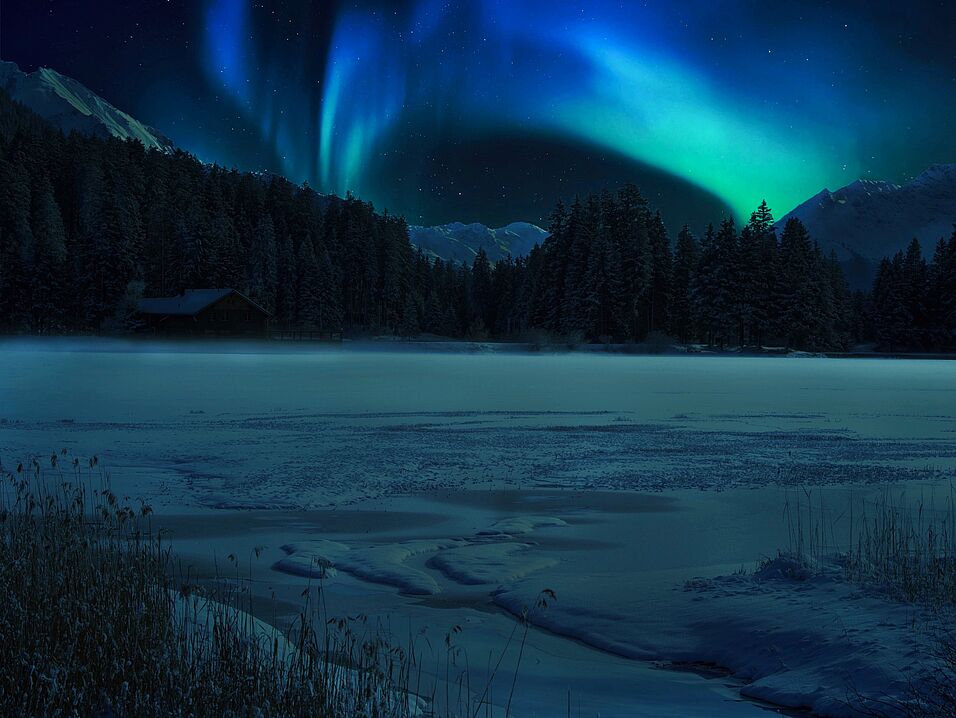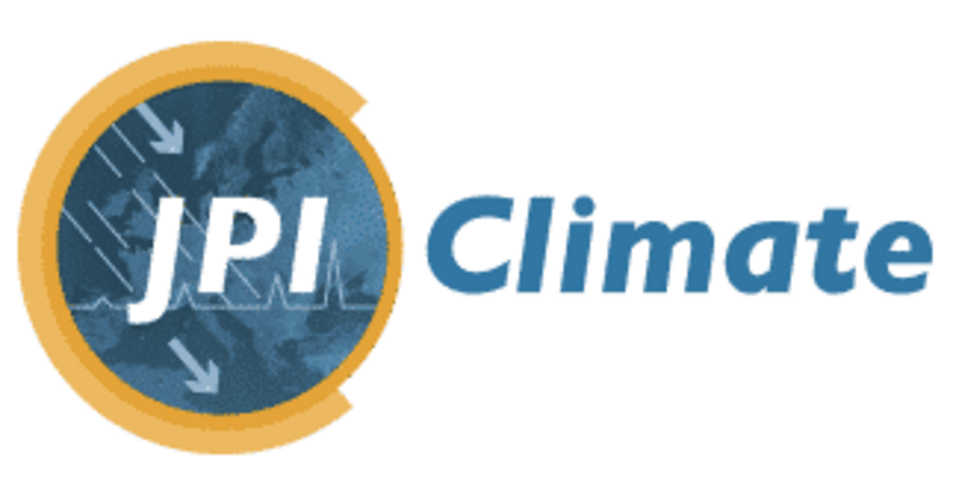This is for two reasons. First, warming effects on CO2 and CH4 release are dependent on a suite of geophysical and ecological factors that vary locally across permafrost landscapes. Second, the soil food web, which is a key regulator of permafrost carbon dynamics, can respond to warming on a multitude of spatial and temporal scales. Together, these factors create a level of carbon cycle complexity that is poorly understood at the biome-scale, leading to uncertainties in the magnitude and timing of the permafrost-climate feedback.
We are working in COUP with fourteen partner countries to better constrain these uncertainties.Our overarching aims are to: (i) identify and quantify factors driving carbon release from permafrost ecosystems at the landscape-level; and (ii) incorporate these as variables into a new global climate model. Our group is particularly focussed on the responses of the soil microbial community, and the carbon cycle processes they govern, to rising temperature.


